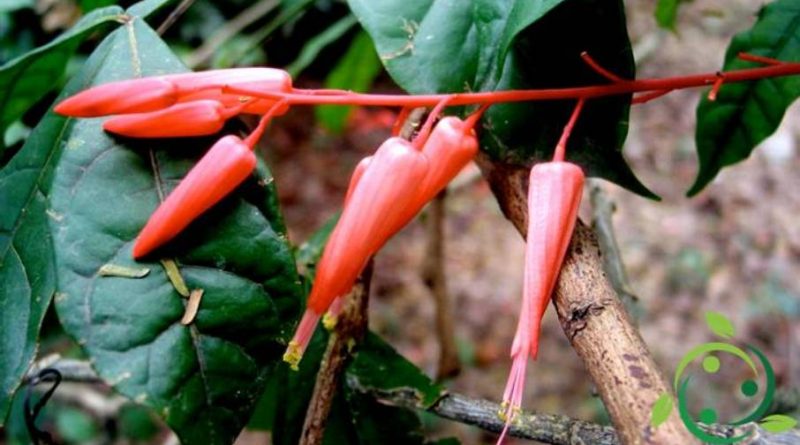Natural insecticide based on Quassia
Natural insecticide based on Quassia
The bitter Quassia belongs to the family of the Simaroubaceae. It is a tall shrub of which goes from 3 meters to 8 meters in height. It is a plant native to tropical South America and in particular to Guyana and Brazil, but it is cultivated in many other countries. It has opposite and pinnate leaves, 15 to 25 cm long and bright red flowers developed on an inflorescence about twenty centimeters long.
The bitter Quassia contains indoic alkaloids, terpenoids, bitter-tonic and coumarins. This plant is used as a digestive eupeptic, decongestant, purifying, draining, exciting of smooth muscle, tonic, external and internal antiparasitic.
As for the insecticidal and repellent properties of the bitter Quassia, these have been known for some time and are due to its active ingredients: quassin and neoquaxine. These molecules are extracted from the wood, odorless, characterized by a very strong bitter taste from which the name of this plant.
The quassins act by direct contact or by ingestion on the nervous system of the insects with a mechanism of action similar to that of pyrethrum but less incisive and rather slow; the insects that come into contact with the bitter Quassia accuse a gradual decrease of vital activities, with subsequent paralysis and death.
These active ingredients create an interesting repellent barrier effect on the foliage, rendering it unsuitable. It must be emphasized that it does not negatively affect useful insects such as bees and ladybugs. The bitter Quassi is also not phytotoxic and has a short period of activity in the environment.
To prepare the wood macerate of Quassia, you must put the wood of Quassia Amara in water in proportions of 20 grams per liter of water and leave to macerate for 24 hours, then boiling over a low heat for an hour.
If the wood powder is purchased instead, it is possible to leave it to macerate for a few days without letting it boil.
Once the maceration has been obtained, the compound thus obtained can be nebulized on the plants to obtain repellent or insecticidal action. Its action is wide and affects many parasites including aphids and leaf miners, potato beetle, the blackfly of the rose, psylla of pear and laurel, carpocasa, cydia, cochineal cotonosa, ceroplast and moth of the vine.

